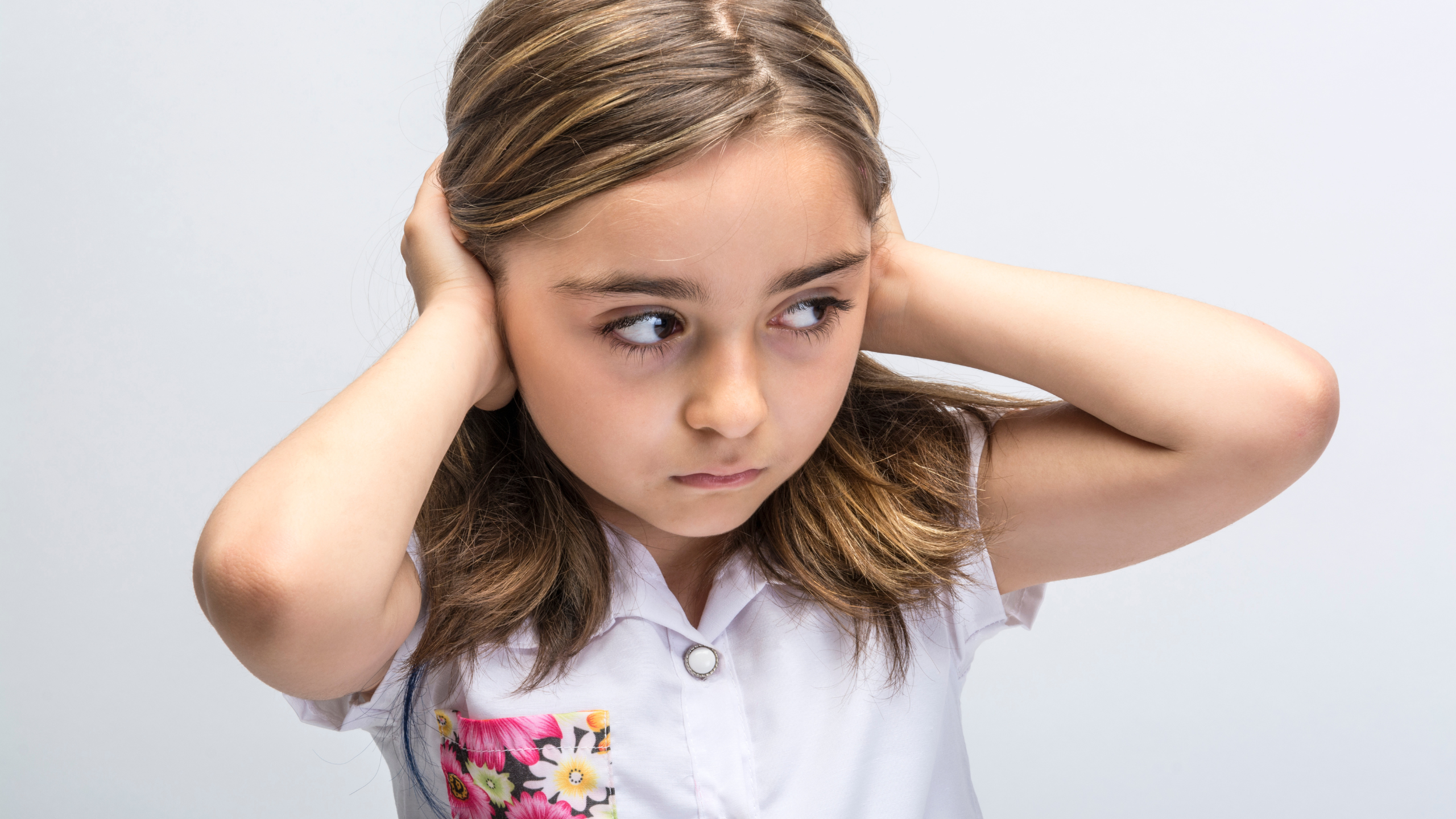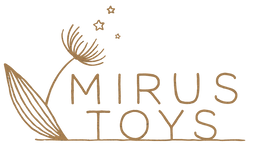Supporting Children with Sensory Challenges in a Montessori Environment

Even from its origination with Dr. Montessori’s first Children’s House, the Montessori Method has been proven to meet the needs of all types of students. Neurodivergent students, including those with sensory challenges, may uniquely benefit from some of the features of Montessori such as the minimalist design of the environment and the skill isolation and self-correcting nature of the materials. Given the complexity of sensorial experiences, children facing challenges in this area may also need some additional support in a Montessori environment.
What are sensory challenges?
Sensory challenges involve a difficulty absorbing external information from the senses, often causing children to feel overwhelmed. This overwhelmed state can lead to atypical behaviors including tantrums. Children may exhibit an unusual aversion to stimuli including noise and light, may express an uncomfortability with certain clothing items, and may demonstrate fine or gross motor difficulties. One may also notice that children with sensory challenges attempt to mouth inedible objects including rocks and paint or that they have an unusually high or low pain threshold. Although it is not a recognized disorder in the Diagnostic and Statistical Manual, these types of challenges are often referred to as Sensory Processing Disorder (SPD). Sensory processing challenges can often also be related to other diagnoses including autism, attention deficit hyperactivity disorder, and obsessive compulsive disorder.
How can sensory challenges impact a child’s functioning at school?
Sensory challenges can impact a child’s functioning in the classroom in many ways. Students who are sensitive to sensory input may feel overwhelmed by bright lights in a classroom setting or by their peers talking and laughing loudly at recess. They may also have difficulty concentrating if they are distracted by stimuli. Children who are sensory “seekers,” may find it difficult to remain seated and are likely to fidget. Students with sensory challenges may also become overwhelmed during transition periods.
5 ways to support a child with sensory challenges in a Montessori environment
-
Encourage sensory and movement breaks during the work period
Freedom of movement naturally occurs in a Montessori classroom. For children with sensory challenges, it is important to provide reminders for them to listen to their bodies and to take breaks when they feel as though they are needed or when they are feeling overwhelmed. These breaks can simply be a time to stand up and walk to get a drink of water or may include activities that provide additional sensory input including jumping on a small trampoline.
-
Prepare the environment
Being aware of the child’s needs and making adjustments to the environment is crucial. Some children may be sensory “seekers,” constantly looking for added sensory input. The Montessori environment naturally provides opportunities for sensory seekers as it provides freedom of movement and multi-sensory works, but attempting to incorporate additional ways for children to engage in gross motor activities both inside and outside the classroom can be beneficial. Some ideas include inviting the child to assist in moving furniture and carrying a full watering can to water classroom plants.
-
Set up a peace area in the classroom and encourage its use
Since children with sensory challenges can become easily overwhelmed, having an area in the classroom in which they can feel grounded can be very helpful. Ideally, the peace area would be a place in the classroom that is quiet with soft lighting and minimal clutter. Guides can model the use of this area and encourage students with sensory challenges to visit this location when they are feeling a bit overwhelmed and need to take a break from sensory input in the classroom.
-
Provide prompts for transitions
Transitioning from one activity to another or from one space to another yields the potential to increase sensory stimulation. To support children with sensory challenges during these times, it is helpful for the guide(s) to provide prompts to prepare them. This could include verbal reminders such as “When you finish that work, it is time to clean up to get ready to go home” or “In five minutes (while pointing to the clock and showing them what that looks like for a child who cannot tell time), it will be time to go to lunch.” A visual timer may also be helpful, especially for young children who may not be able to tell time or have a solid understanding of the concept of time, as it will allow them to see a visual representation of the amount of time remaining prior to the transition.
-
Allow and encourage sensory support tools in the classroom
There are many tools that can be used to aid children with sensory challenges in the classroom. For children who may feel overwhelmed by bright lights or loud noises, sunglasses and headphones may be helpful tools. For students who are sensory “seekers,” objects they can hold to “fidget” with can provide stimulation. Alternative seating options such as yoga balls and wobble chairs are other tools that can provide additional sensory input.
It is important to mention that some students with sensory challenges may benefit from occupational therapy. Occupational therapists (OTs) engage children in a range of fine and gross motor activities to help them manage sensory input. Some OTs will work with students on-site at their school, while others have specialized therapy centers where they welcome clients. OTs can make recommendations for tools and strategies that classroom guides may find helpful to implement to offer additional support to children with sensory challenges.
About the Author
Heather White, EdS, is a Montessori parent coach, a Montessori in-home teacher and nanny, a Montessori educational consultant for the Andrew’s Educational Institute, a Montessori educator for adult learners, and a manager & content creator for Guide & Grow. Formerly, she was a Montessori teacher, Lower Elementary coordinator, and associate head of school. She also has experience as a School Psychologist intern. She is AMS credentialed (Early Childhood, Elementary I) and is a Nationally Certified School Psychologist. Contact her at hpratt@stetson.edu.
